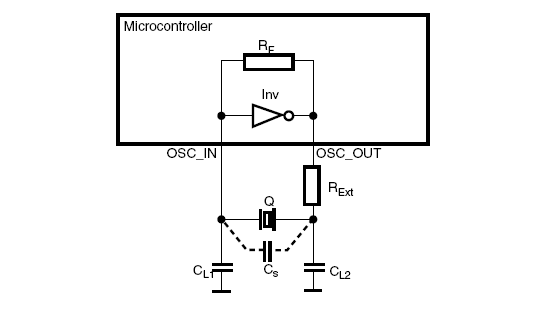Stray capacitance of crystal oscillator
Stray capacitance of crystal oscillator
What is "Stray Capacitance" in Crystal Oscillators?
"Stray capacitance" in crystal oscillators refers to the total value of capacitors in a varying state that are scattered throughout the circuit board, rather than a specific electrical parameter of the passive crystal oscillator itself. These stray capacitors may cause uncertainty in the output frequency accuracy and stability of the oscillator. In general, stray capacitance can increase due to the complexity of the circuit board and/or improper wiring design.

Sometimes, when the passive crystal oscillator is in normal operation, touching it with our hand can cause it to stop oscillating. Conversely, if the oscillator is not working, touching it may cause it to start oscillating. In most cases, this is due to the fact that our charged hand changes the total amount of stray capacitance on the circuit board, and thus changes the working conditions of the oscillator in terms of the load capacitance.
What Impact Does Stray Capacitance Have on Crystal Oscillators?
Stray capacitance in crystal oscillators refers to the other capacitance components besides the main capacitor intended during the design of the oscillator. These capacitance components are generally caused by the device's structure, materials, and manufacturing processes. Stray capacitance in crystal oscillators can impact the performance of the oscillator in several ways, including:
Frequency stability: Stray capacitance can cause the resonant frequency of the crystal oscillator to change, thereby reducing the frequency stability of the oscillator.
Phase noise: Stray capacitance can cause phase noise in the crystal oscillator, reducing the phase stability of the oscillator.
Start-up time: Stray capacitance can impact the start-up time of the oscillator, making the start-up time longer.
Anti-interference ability: Stray capacitance can reduce the oscillator's ability to resist external interference, thereby reducing the anti-interference performance of the crystal oscillator.
Therefore, in the design and selection of crystal oscillator devices, the impact of stray capacitance should be considered, and efforts should be made to minimize its impact on the performance of the oscillator.
